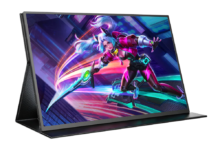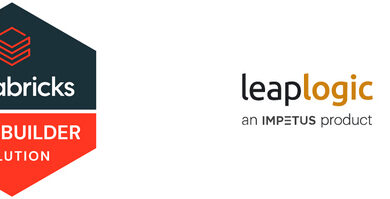
Programming Languages For Embedded Systems – An Overview
Table of Contents
Introduction
To understand the best Programming Languages For Embedded Systems, it is essential first to review what an embedded system is. An embedded system is a computer system with a dedicated function within a more extensive mechanical or electrical system, such as an appliance or vehicle.
Today, these embedded systems are used in nearly all products and machines, from smartphones to aeroplanes. The best programming languages for embedded systems can be used to create software for these types of systems.
Below, we will look at some of the best programming languages for embedded systems and their pros and cons to understand how they match up!
The Best Programming Languages for Embedded Systems
These languages could be your best bet if you want to get into embedded development. Here are some that we think are worth learning:
The C Language
The C language is still the most popular choice among professionals. It’s been around since the 1970s and has a huge developer community that can help you with any tricky problem you might run into. It’s also one of the few programming languages that support both Linux and Windows environments.
What You Need to Know: C is a popular language in embedded systems. It is relatively simple to learn and has no run-time dependencies. For example, you can use the same compiler for Windows and Linux/Unix platforms.
However, C does not support multi-threading or any other advanced hardware features available in languages like C++.
C++: The Professional’s Choice
C++ is a derivative of C, so it shares many features. It’s not as widely used as C, but it does have its community and developers who have been working on it for decades. You’ll find that many embedded devices use C++ because of its efficiency when compared to other languages like Java or Python.
What You Need to Know: C++ has been gaining popularity over the past decade due to its object-oriented features and efficient code generation. It also supports many libraries built on top of C, making it easier to develop applications.
Java: The Up and Comer
Java is another popular option for embedded developers due to its popularity in desktop and mobile applications. Java is open-source, which means anyone can contribute to its development at no charge.
The platform also supports hardware platforms like Arduino boards, Raspberry Pi microcontrollers, Android smartphones, and tablets – all while fully compatible with other Java APIs (application programming interfaces).
You can also take an Embedded Course in Java to figure out if it’s the right one for you!
What You Need to Know: Since Java is also compiled to bytecode (Java Virtual Machine), there is no need for an interpreter like Python or Ruby when compiling your application for deployment on embedded devices.
The Takeaway
These are all solid programming languages for writing embedded systems. The choice of language ultimately depends on the specific project and your preference. The more you know about embedded systems, the easier it will be to decide which one is right for you.








